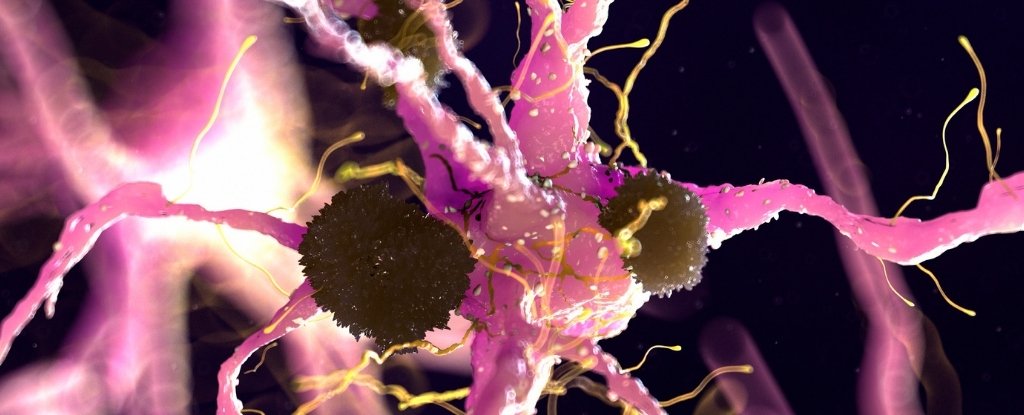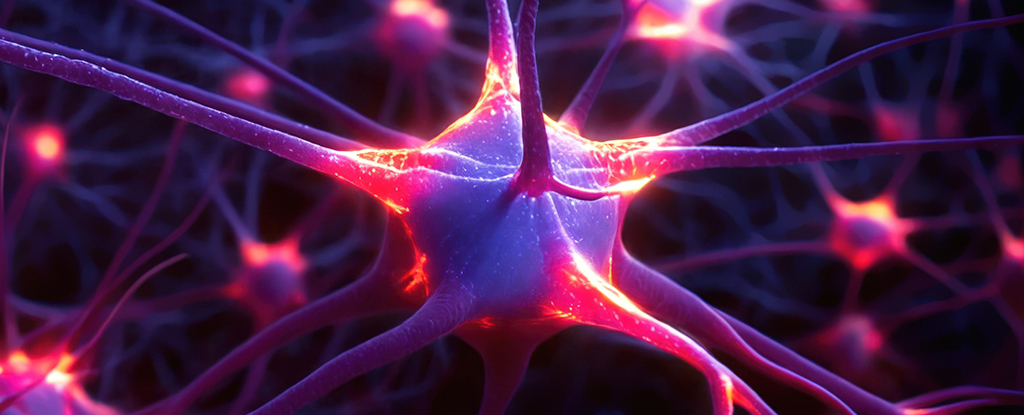Evolution on a human artery in modern times?
This article, published in the Journal of Anatomy four years ago, was also highlighted in ScienceAlert this January 18, which is how Matthew Cobb found it. And although the results aren’t new, I find them interesting from an evolutionary point of view and sure didn’t know about them before. (I’m not sure why ScienceAlert chose … Continue reading Evolution on a human artery in modern times?

This article, published in the Journal of Anatomy four years ago, was also highlighted in ScienceAlert this January 18, which is how Matthew Cobb found it. And although the results aren’t new, I find them interesting from an evolutionary point of view and sure didn’t know about them before. (I’m not sure why ScienceAlert chose to highlight them this week.)
The paper (and the shorter popular summary) describes an Australian study of a variable trait: an extra artery in the forearm and hands of humans called “the median artery”. It is present in fetuses, where it feeds the growing arm and hand, but regresses during development so that it’s not usually present in newborns. However, in a substantial number of cases—now about 30%—it remains as a functioning artery in adults. The paper describes a present study of the incidence of this “vestigial artery” in modern adult Australians, and compares this incidence with that seen in adults going back to the late 19th century. There has been a marked increase in persistence—threefold!—over that period. What we don’t know is why this is happening. It could be strong natural selection, an environmental change we don’t understand, or both.
You can see the paper by clicking on the title below, or download a pdf here.
First, here’s what the artery looks like in an adult (caption from the paper). I’ve put a red oval around the artery:

Now although the artery feeds the arm and hand, we don’t know whether it actually benefits those who have it. The authors and ScienceAlert appear to favor natural selection as the reason for the increase over time, but we don’t know that. To know for sure, we’d have to do long-term studies of the reproductive output of individuals having the artery versus those lacking it, or perhaps genetic studies (see below). We don’t have that data and therefore cannot say anything about natural selection.
Further, perhaps its increased persistence into adulthood is due to some environmental effect. We have no data on that, either. All we can say, and we can’t even say that with a high degree of confidence, is that the percentage of adults having the artery seems to have increased drastically over time.
But I’m getting ahead of myself. The authors dissected 78 arms of Australians aged from 51 to 101 years who died between 2015 and 2016, determining how many of them had the persisting median artery. Individuals were excluded who might have skewed the studies, including individuals with only the hands and not arms examined, people who had carpal tunnel syndrome (possibly caused by persistence of the artery), and examinations using angiography, which has a greater ability to detect arteries. Exactly a third of adults (33.3%) showed the artery.
The authors then went back and scoured the literature, using data on adults from 47 published papers going back to 1897. Using data from that arms in individuals who died at a known age, we have a dataset of individuals born from about 1846 to 1997—a span of roughly 150 years, or about 5 human generations. That’s a remarkably short span of time from an evolutionary viewpoint.
Nevertheless, they found a significant increase over this period of the proportion of individuals having a median artery nearly tripled—from about 10% to 30%. Here’s the most relevant graph plotting the percentage of individuals showing the artery as adults born between 1880 and 2000. (There’s considerable scatter because sample sizes at each date are small.). The authors gives a probability of less than 0.0001 that this temporal trend would be due to chance, so it’s highly statistically significant (they don’t specify whether they’re testing the regression coefficient or the correlation coefficient, but it doesn’t really matter with p values that low.
They also extrapolate this trend and say that one “could predict that the median artery will be present in 100% of individuals born in the year 2100 or later.” It will then no longer be a persisting fetal trait, but a trait that persists throughout life, and the persisting adult trait could no longer be seen as “vestigial”, like persisting wisdom teeth in some people.
The authors do suggest that environmental factors could play a role in this increase, but also that it could be due to natural selection. Such selection, to cause such a strong change in just a few generations, would have to be strong! The ScienceAlert article plays up the selection part, saying this:
“This increase could have resulted from mutations of genes involved in median artery development or health problems in mothers during pregnancy, or both actually,” said Lucas.
We might imagine having a persistent median artery could give dexterous fingers or strong forearms a dependable boost of blood long after we’re born. Yet having one also puts us at a greater risk of carpal tunnel syndrome, an uncomfortable condition that makes us less able to use our hands.
Nailing down the kinds of factors that play a major role in the processes selecting for a persistent median artery will require a lot more sleuthing.
Indeed, a TON of more sleuthing. What would be required to show selection would be either or both of two things:
1.) Show that, over a long period of time, individuals with median arteries as adults leave more offspring than individuals lacking these arteries. This is how the Framingham Heart Study, which began in 1948, showed that there appeared to be natural selection in women for reduced height, increased stoutness, reduced total cholesterol levels, and lower systolic blood pressure. Further, there appears to have been selection for women to produce their first child earlier and to reach menopause later. This is what I tell people who ask me, as they inevitably do when I lecture on human evolution, where our spercies is going. Not that exciting, is it? But of course the time span of such studies are necessarily limited.
2.) Find the genes responsible for the persistence of the artery and show, by population-genetic analysis, that those genes leading to persistence have been undergoing positive selection. This would be even harder because we have no idea what those genes are.
Absent those two types of studies, all we can say is that we have a putative case of evolution occurring over a short period of human evolution.
Caveats: The authors offer these caveats, and I have one more:
Limitations of the present study include the fact that the number of whole cadavers that were available for the study was not adequate. In addition, our search of the literature may have missed some publications not listed in Google Scholar. Finally, the definitions of ‘persistent median artery’ may have differed somewhat among the various published studies included in the present study.
Finally, as far as I can determine from looking at a few of the papers they cite in the older literature, the samples of arms came not just from Australia, but from other countries like Brazil and South Africa. Given that we know that at present populations from different places differ in the persistence of the artery, this could also throw some bias into the data. However, to create a time course this significant, I don’t think that using arms from different places could be the explanation, for it would require that arms from older people tended to come from places which had a lower incidence of the artery in general.
h/t: Matthew Cobb
What's Your Reaction?






























.jpg?width=1920&height=1920&fit=bounds&quality=80&format=jpg&auto=webp#)




















































